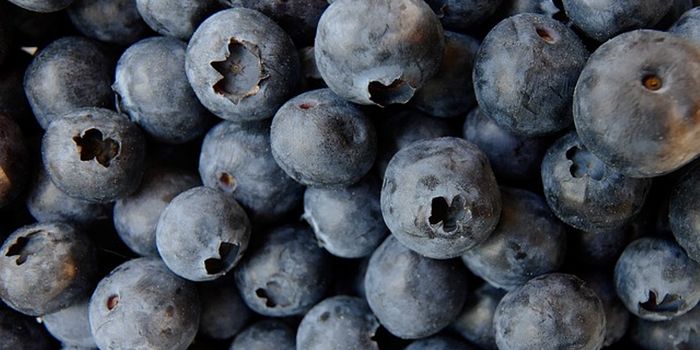Eating Habits Vary with Seasons
New research published in the journal Cell Metabolism has shown that the number of hours of light exposure we experience, which can vary widely with the seasons, affects how we eat and how we burn energy.
The study used mice to measure how light exposure might affect eating habits and energy burning. Mice were divided into three groups with different light exposures: one group had summer light exposure, one had winter light exposure, and one group had equal light exposure representing the light exposure one would experience at the equinox.
The results of the study showed that mice exposed to “winter” light had less body weight gain and less fat tissue than mice in the other two groups. The mice under winter lighting conditions also tended to show more rhythmicity in their eating habits over 24-hour periods, which caused them to have better metabolic health than the mice in the other two lighting conditions. While this study was conducted in an animal model, it indicates that humans may also have better metabolism and better eating habits during winter months.
This study was one of the first of its kind to measure how seasonal variation in light exposure might affect eating habits, which has implications for the development of obesity and diabetes. The results, which indicate that seasonal light hours may affect our metabolism as well as our eating habits, may help explain why some people gain more weight during certain times of year. The results also indicate that changing our exposure to artificial or natural light may help us regulate our eating habits and metabolism. Diet and metabolism are key components of heart health as well as overall health, and obesity and type 2 diabetes are strongly linked to heart disease.
Sources: Cell Metabolism, Science Daily








